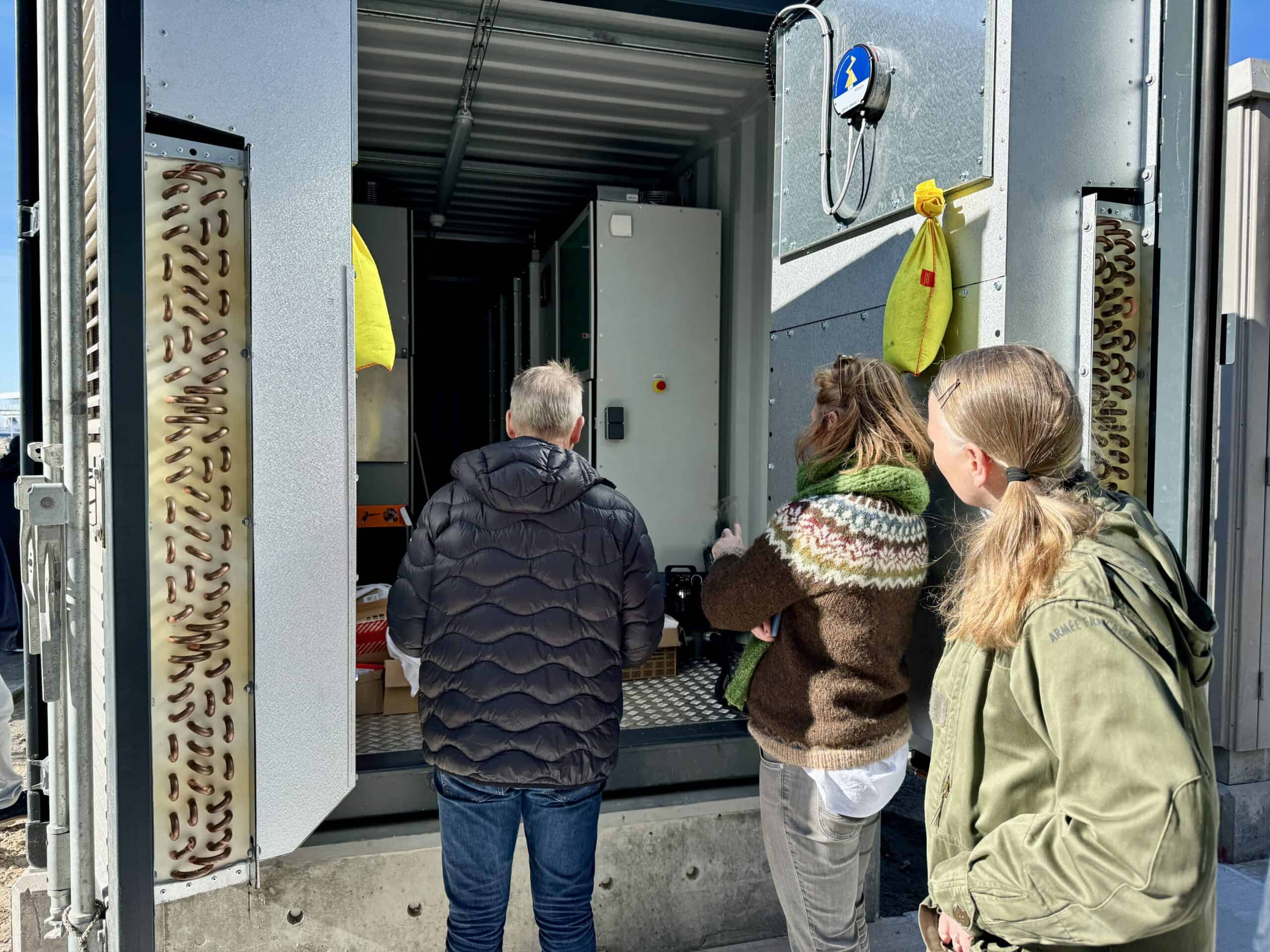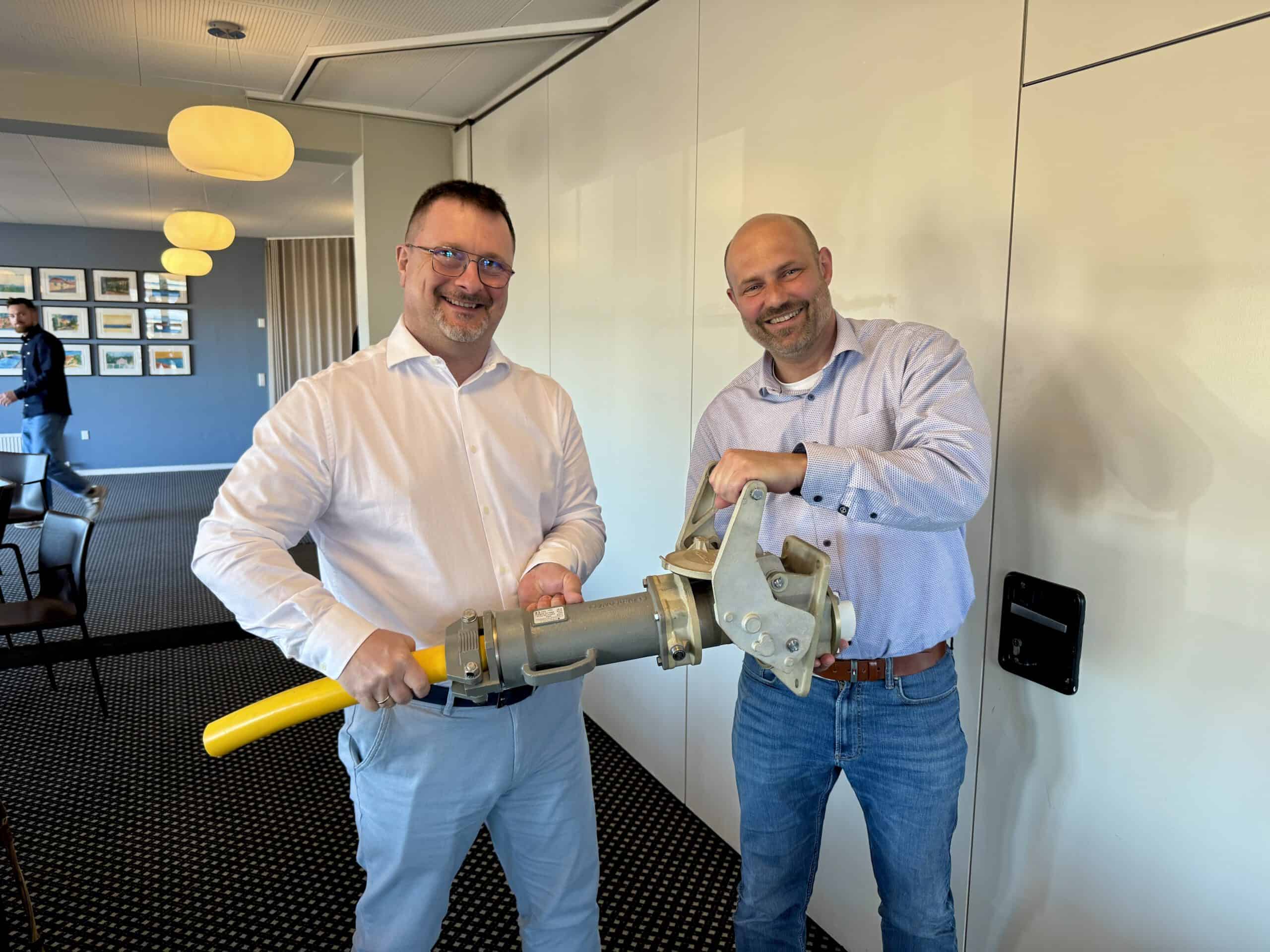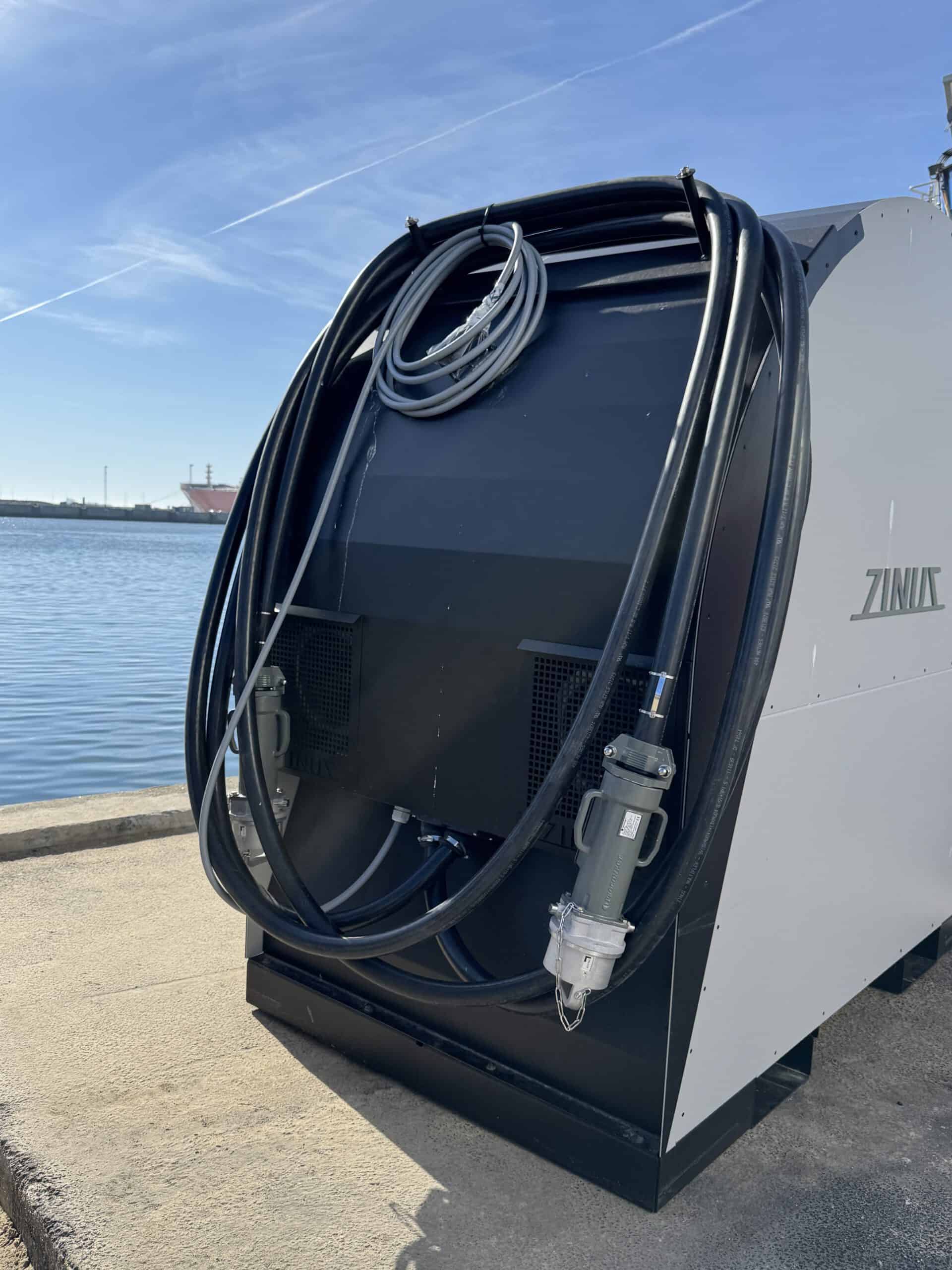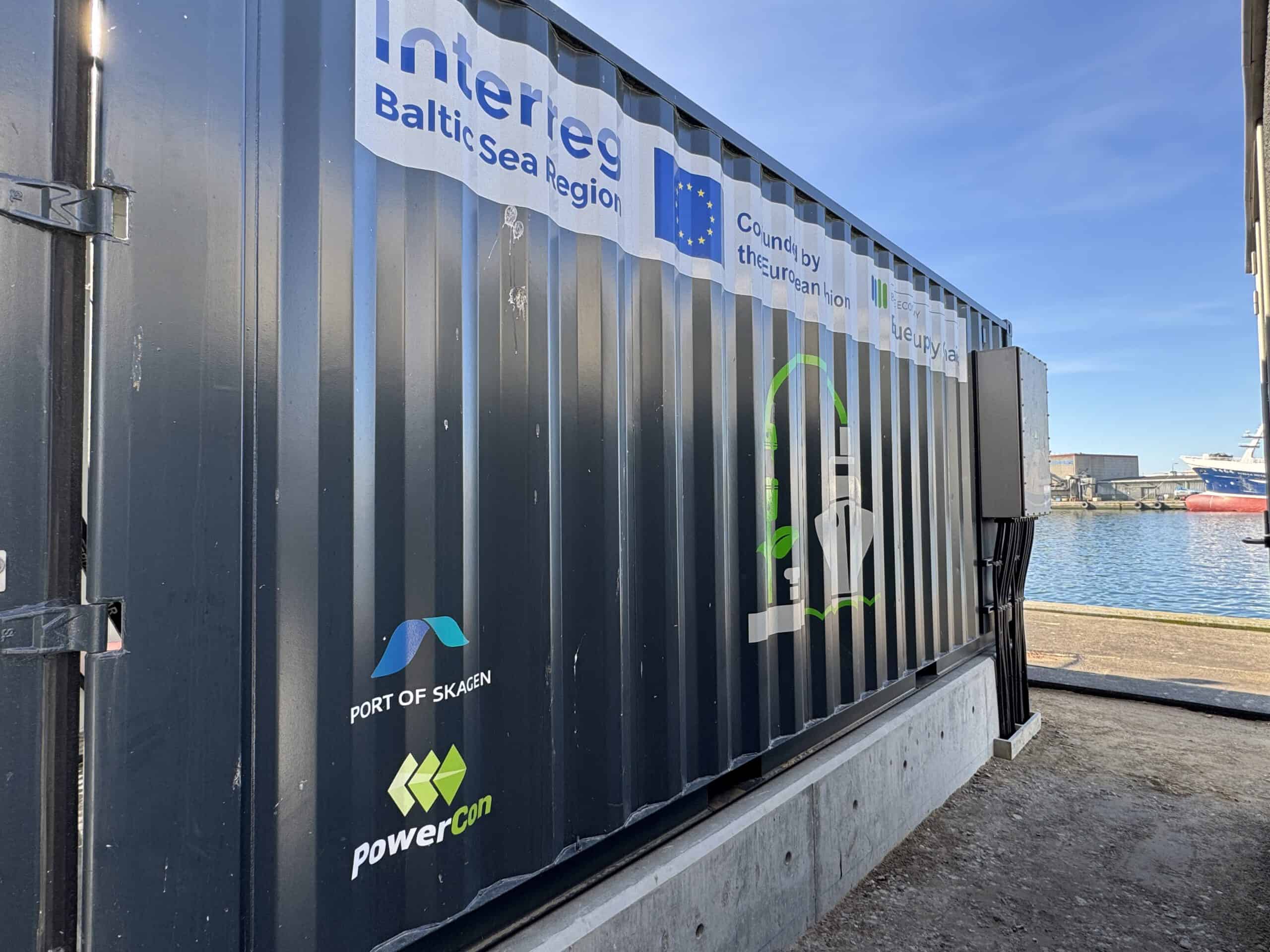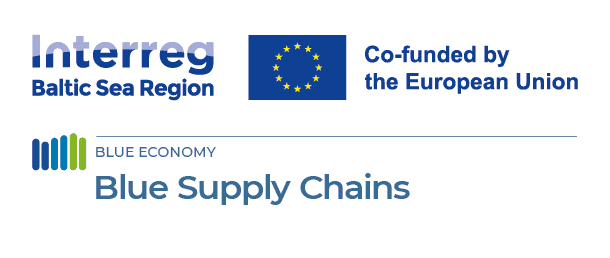
BSC - Project Story: Skagen’s green power efforts make the news
04 October 2024
Skagen made sure to offer the calling vessels power at a fixed, favourable price point, incentivizing the operators to make the switch. The port now profits from significant noise pollution reduction and large greenhouse gas (GHG) emission cuts. It seems the carrot far outweighs the stick as far as incentives go, at least according to Willy B. Hansen, the Port Director at Skagen, and you can hardly argue his approach.
In fact, Skagen’s continuous strivings, which no doubt also contribute to the betterment of the quality of life of the neighbouring communities, are starting to gain wider recognition. Several local news portals have recently picked up on the story and put the spotlight on the Danish port.
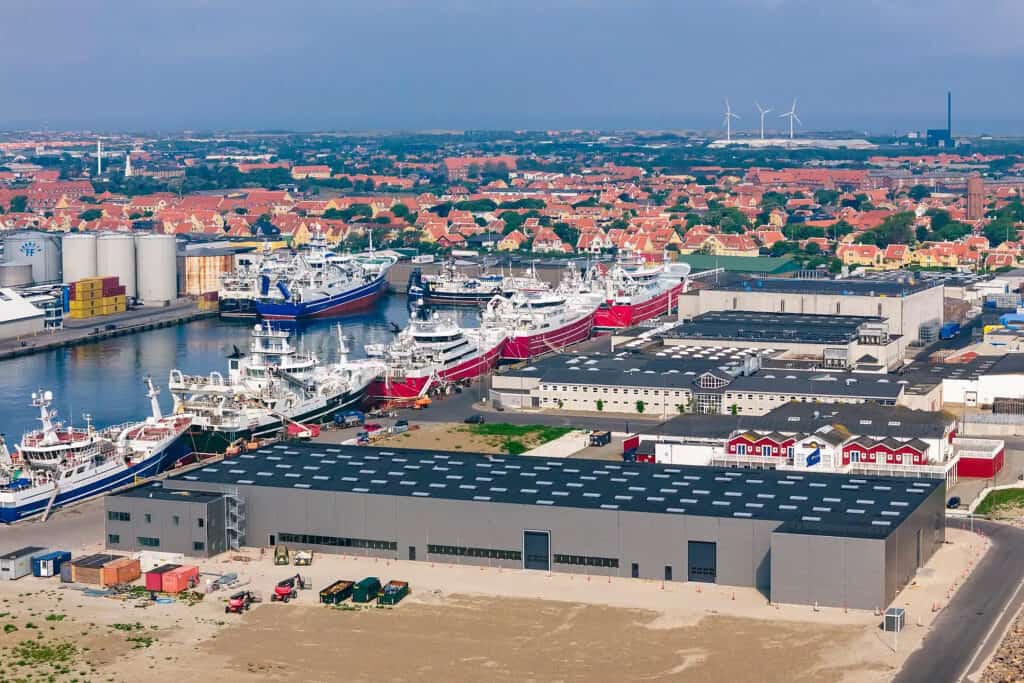
© Port of Skagen / Mick Anderson
EU projects on deck
The expansion of Skagen’s OPS installations has been made much easier thanks to a number of EU funded project’s the port is a partner in. One of the new shore power plants, to be located at the area occupied by the companies FF Skagen and Scandic Pelagic, will allow the vessels to land their cargo while connected to the OPS system. The plant itself and the technology involved are groundbreaking, with only a few similar plants, all located outside the EU. This makes us even prouder to be able to say that the plant will be built with the support of the Blue Supply Chains project.
But the BSC isn’t the only project involved in Skagen’s ongoing shore power saga. The cable management system for the plant will be delivered with the support of the Interreg North Sea project Green Supply Chains.
But there’s even more! The port authorities have another bun in the oven, namely a further mobile shore power plant, which will provide up to 10 outlets for every 100 meters of quay. This facility will be built with the support from the REDII Ports project, also part of the Interreg North Sea programme.
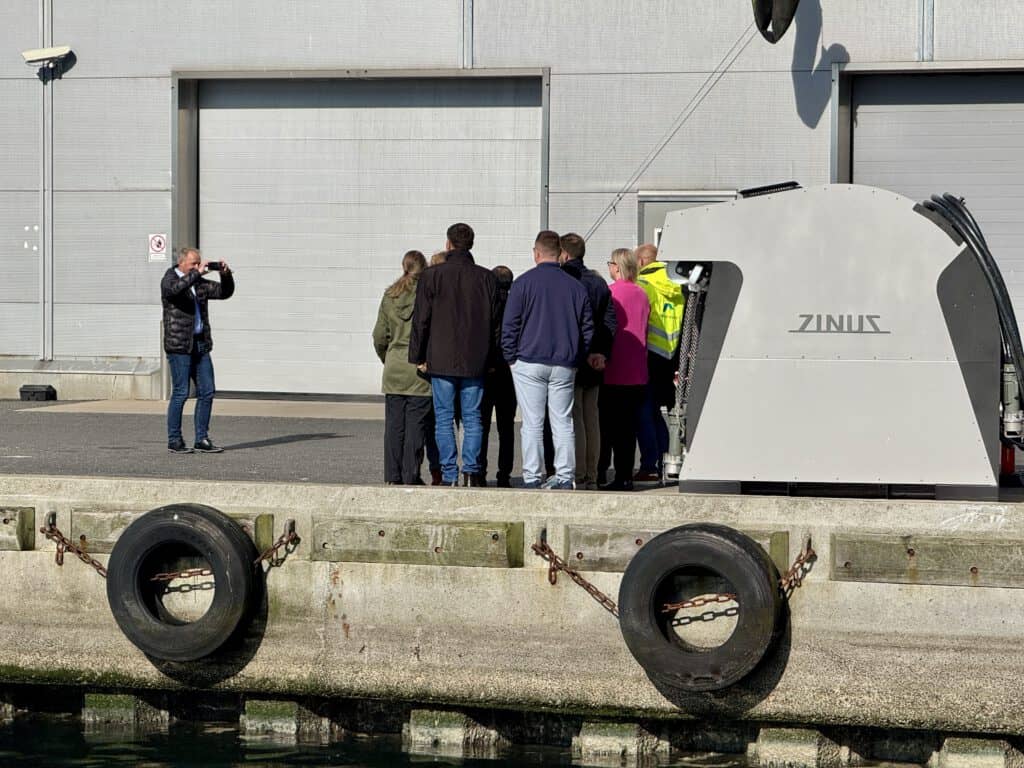
© Port of Hamburg Marketing – S. Breitenbach / OPS connection point Skagen
Big investments ahead
The Port of Skagen is committed to achieving CO2-neutrality by 2030. This will require costly, long-term investments. It shouldn’t come a surprise that new infrastructure isn’t cheap and takes a while to set up.
So far, the port has invested more than DKK 26 mln in the expansion of its shore power facilities. But they are already looking towards the future and working on offering OPS connections for cruise vessels, which allow 160.000 tourists to visit the city and region every year. And this is a whole other beast to tame in terms of scale and costs. The investment alone is DKK 75 mln.
As stated by Willy B. Hansen, money isn’t the only challenge, the necessary infrastructure must also be in place: “We need 16 MW, which Nord Energi Net cannot deliver at this time. It is a task for Nord Energi Net, which has promised to provide additional cable lines going to Skagen, but it takes time and cooperation between multiple actors.”
Certainly, this is not a one-man, or one-company job. “Land power for cruise ships is a huge task that we are working hard to solve. The Port of Skagen is ambitious and we want to support a responsible and sustainable transition. Therefore, we would like to invest in projects that support our own and our customers’ efforts in promoting sustainable development. But we can’t do this alone. Political support is also necessary,” adds Willy B. Hansen.
The information above is just scratching the surface. You can read a more in-depth summary, filled with technical details related to the design and challenges the team has overcome in a dedicated section on the BSC website.






